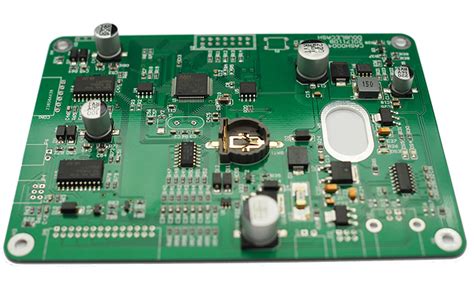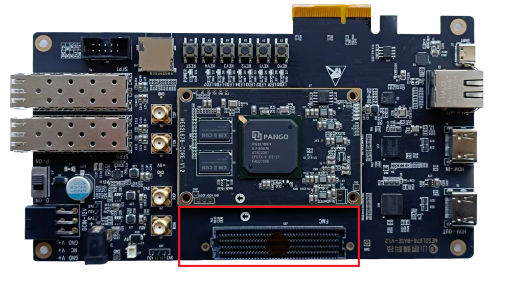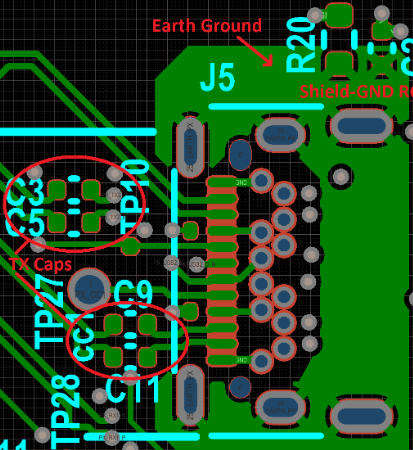The Evolution and Impact of EDA Software in Modern Electronics Design
Introduction
Electronic Design Automation (EDA) software has become an indispensable tool in the design and development of modern electronics. From smartphones and computers to automotive systems and IoT devices, EDA software plays a critical role in transforming conceptual ideas into functional hardware. Over the past few decades, EDA tools have evolved significantly, enabling engineers to design increasingly complex systems with greater efficiency and accuracy. This article explores the history, key functionalities, and future trends of EDA software, as well as its impact on the electronics industry.
1. The Origins of EDA Software
The roots of EDA software can be traced back to the 1960s and 1970s, when the complexity of electronic circuits began to outpace manual design methods. Early computers were used to automate tasks such as circuit simulation and layout design, laying the foundation for modern EDA tools. The introduction of the first commercial EDA tools in the 1980s, such as SPICE (Simulation Program with Integrated Circuit Emphasis), marked a turning point in electronics design. These tools allowed engineers to simulate and analyze circuits before physical prototyping, reducing costs and development time.
As integrated circuits (ICs) became more complex, the demand for advanced EDA tools grew. Companies like Cadence, Synopsys, and Mentor Graphics (now part of Siemens EDA) emerged as key players in the industry, developing software solutions for schematic capture, logic synthesis, and physical design. The evolution of EDA software has been closely tied to advancements in semiconductor technology, enabling the design of smaller, faster, and more power-efficient devices.
2. Key Functionalities of EDA Software
Modern EDA software encompasses a wide range of tools and functionalities that support the entire electronics design process. These can be broadly categorized into the following areas:
2.1. Schematic Capture and Design Entry
Schematic capture is the first step in the design process, where engineers create a graphical representation of the circuit using symbols and interconnections. EDA tools provide intuitive interfaces for designing schematics, with features such as component libraries, auto-routing, and error checking. This stage is critical for defining the circuit’s functionality and ensuring that all components are correctly connected.
2.2. Simulation and Analysis
Simulation is one of the most important aspects of EDA software, allowing engineers to test and validate their designs before fabrication. Tools like SPICE and Verilog-AMS enable analog, digital, and mixed-signal simulation, providing insights into the circuit’s performance under various conditions. Advanced analysis features, such as thermal analysis and signal integrity testing, help identify potential issues early in the design process.
2.3. Logic Synthesis and Verification
Logic synthesis tools convert high-level hardware description language (HDL) code, such as Verilog or VHDL, into a gate-level netlist that can be implemented in hardware. These tools optimize the design for area, power, and performance, ensuring that the final product meets the desired specifications. Verification tools, such as formal verification and emulation platforms, are used to ensure that the design behaves as intended and is free of errors.
2.4. Physical Design and Layout
Physical design involves translating the logical design into a physical layout that can be manufactured. EDA tools automate tasks such as floorplanning, placement, and routing, ensuring that the design adheres to manufacturing constraints and performance requirements. Advanced tools also support design for manufacturability (DFM) and design for testability (DFT), which are critical for reducing defects and improving yield.
2.5. PCB Design
Printed Circuit Board (PCB) design is another key area where EDA software is used. PCB design tools enable engineers to create multi-layer boards with complex routing, while ensuring signal integrity and thermal management. Integration with 3D modeling tools allows for mechanical and electrical co-design, reducing the risk of compatibility issues.

3. The Impact of EDA Software on the Electronics Industry
The widespread adoption of EDA software has had a profound impact on the electronics industry, enabling the development of increasingly complex and innovative products. Some of the key benefits include:
3.1. Reduced Time-to-Market
EDA tools have significantly shortened the design cycle by automating repetitive tasks and enabling early detection of design flaws. This allows companies to bring products to market faster, giving them a competitive edge.
3.2. Improved Design Quality
Simulation and verification tools ensure that designs meet performance, power, and reliability requirements. This reduces the risk of costly redesigns and improves the overall quality of the final product.
3.3. Cost Savings
By enabling virtual prototyping and testing, EDA software reduces the need for physical prototypes, saving both time and money. Additionally, optimization tools help minimize material usage and manufacturing costs.
3.4. Enabling Innovation
EDA tools have played a crucial role in enabling the development of cutting-edge technologies, such as 5G, artificial intelligence, and autonomous vehicles. These tools allow engineers to push the boundaries of what is possible, creating smaller, faster, and more energy-efficient devices.
4. Challenges and Future Trends in EDA Software
Despite its many advantages, the EDA industry faces several challenges, including the increasing complexity of designs, the need for greater integration, and the demand for faster turnaround times. To address these challenges, EDA vendors are focusing on the following trends:
4.1. Artificial Intelligence and Machine Learning
AI and machine learning are being integrated into EDA tools to automate complex tasks, such as design optimization and error detection. These technologies can analyze vast amounts of data to identify patterns and suggest improvements, reducing the burden on engineers.
4.2. Cloud-Based EDA Solutions
Cloud computing is transforming the way EDA tools are used, enabling collaborative design and providing access to scalable computing resources. Cloud-based EDA solutions allow teams to work on large designs from anywhere in the world, improving productivity and reducing infrastructure costs.
4.3. System-Level Design
As electronic systems become more complex, there is a growing need for tools that support system-level design. This involves integrating hardware, software, and mechanical components into a unified design environment, enabling co-design and co-optimization.
4.4. Advanced Packaging and Heterogeneous Integration
The rise of advanced packaging technologies, such as 2.5D and 3D ICs, is driving the development of new EDA tools that support heterogeneous integration. These tools enable the design of multi-chip systems with improved performance and power efficiency.
4.5. Sustainability and Green Design
With increasing focus on sustainability, EDA tools are being developed to support green design practices. This includes optimizing designs for energy efficiency and reducing the environmental impact of manufacturing processes.

5. Conclusion
EDA software has revolutionized the electronics industry, enabling the design of complex systems with unprecedented efficiency and accuracy. From its humble beginnings in the 1960s to the sophisticated tools available today, EDA software has continuously evolved to meet the demands of an ever-changing industry. As new technologies such as AI, cloud computing, and advanced packaging continue to emerge, EDA tools will play an even more critical role in shaping the future of electronics design. By addressing current challenges and embracing these trends, the EDA industry will remain at the forefront of innovation, driving the development of next-generation technologies that transform our world.







